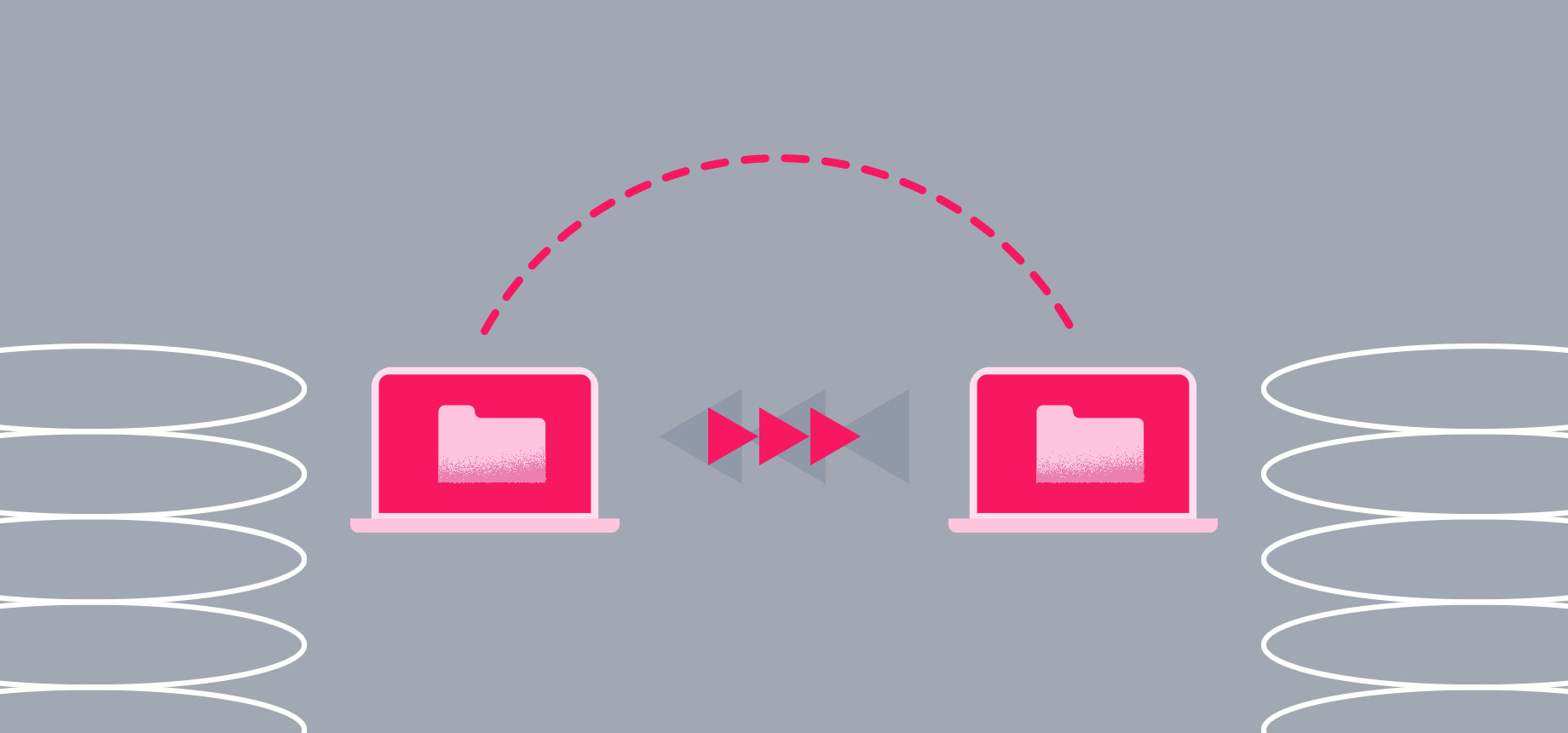
Ecommerce is a fast-paced business, and the rapid innovation it brings with means that, at some point, online stores need to explore an ecommerce platform migration in order to keep up with customers’ demands.
We’ve previously talked about how to identify when the need to replatform is imminent, as well as how to convince teams and companies of said need. These two topics, while important, focus on what to do before pulling the trigger on a platform switch, but what are the steps to be taken once the migration process starts?
This is no minor topic, since a good implementation is vital in order to get the results that ecommerce businesses expect and that great platforms are able to offer.
The first important step in the site migration process is the planning. Both the ecommerce platform and the online store know where they want to be and, in order to achieve this, it is important to understand where they are and what they need to do to guarantee success for the site’s new platform.
“The first thing you should do is a ‘discovery’ that includes descriptions of and feedback on actual customer journeys to understand what you currently have. The user stories can help you check what you can easily achieve with a new platform, as well as the maturity level of the client”
Héctor Tinjaca, Professional Service Leader for VTEX LATAM
The discovery process is the basis on which the new implementation will be designed, and it is the platform’s obligation to have a technical roadmap to achieve every key feature that the online retailer needs the website to have. This means that there needs to be a plan to develop new features and functionalities within a certain timeframe, and how the current features will interact with the new ones in order to deliver a better user experience.
This configuration has to be understood by the implementation partner and approved by the client. Clients, partners and platforms should also generate a go-live checklist that enlists all the activities that have to be working, and planning such as date and time of the go-live.

Prior to launching, the core of the platform migration happens during the implementation phase, where changes become more visible and flexibility gains importance, and different teams and players start working together to fine-tune the web experience.
“Here we can work with the front-end team to design the website, and in another vertical we can work with the technical implementation teams to work on integrations. These parallel tasks accelerate the delivery times by utilizing an agile methodology.”
Héctor Tinjaca, Professional Service Leader for VTEX LATAM
Change management is another important topic during this phase, since it’s fairly certain that, after migration, some areas of the website will work differently than before, and all team members involved need to understand this change and be able to work in the way that the new implementation demands before the go-live.
“If the client is mature and they are used to a robust website, they will be able to understand that some processes change for the better and have a certain logic behind them. The platform should give some training to help clients understand the reasoning behind the new ways, and why they are better than what they’re used to.”
Héctor Tinjaca, Professional Service Leader for VTEX LATAM
The ecommerce platform migration doesn’t stop at the go-live, since it should also include a follow-up process that aims to help the business with any hiccups during adoption, as well as solve any technical issues that could pop up during those first days and months.
“Once the platform goes live, the change shouldn’t be too disruptive. Some agencies tend to do very easy tests during the implementation process, which translates into many comments about quality once the implementation is done.”
Héctor Tinjaca, Professional Service Leader for VTEX LATAM
The follow-up period should also include a before-after analysis, which compares metrics gathered before the go-live with metrics obtained after the implementation, in order to quantify the impact of the new platform in ecommerce results and certify the migration was worth doing.
“This analysis has to be done in order to identify hiccups and pain points, as well as elements that might have been overlooked during the implementation or that weren’t included in the go-live checklist. Solving these points can also grow the migration impact.”
Héctor Tinjaca, Professional Service Leader for VTEX LATAM
The period right after the go-live is ideal for a continuous cycle of observations and adjustments supported by the numbers gathered during this replatforming process. The cooperation between the platform and online stores is vital to achieve the long-term benefits that an ecommerce platform migration can provide to a well-implemented online store.

